
Copernical Team
Building telescopes on the moon could transform astronomy, and it's becoming an achievable goal
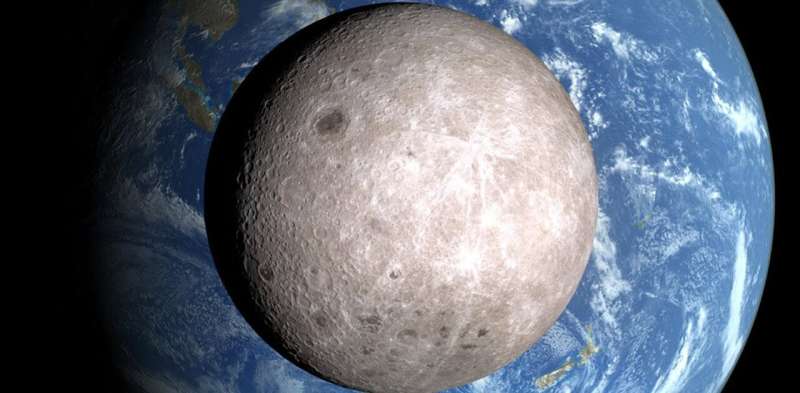
Lunar exploration is undergoing a renaissance. Dozens of missions, organized by multiple space agencies—and increasingly by commercial companies—are set to visit the moon by the end of this decade. Most of these will involve small robotic spacecraft, but NASA's ambitious Artemis program, aims to return humans to the lunar surface by the middle of the decade.
There are various reasons for all this activity, including geopolitical posturing and the search for lunar resources, such as water-ice at the lunar poles, which can be extracted and turned into hydrogen and oxygen propellant for rockets. However, science is also sure to be a major beneficiary.
The moon still has much to tell us about the origin and evolution of the solar system. It also has scientific value as a platform for observational astronomy.
Rare solar eclipse to cross remote Australia, Indonesia
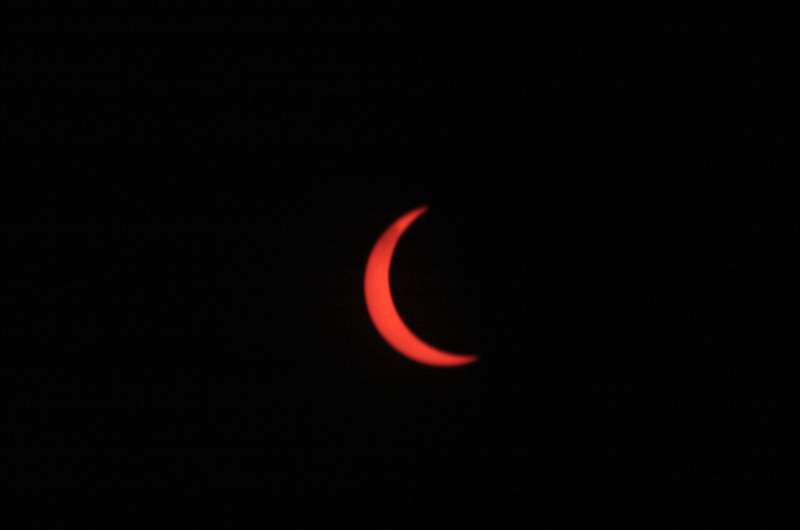
European Space Agency chief eyes tapping private industry partners
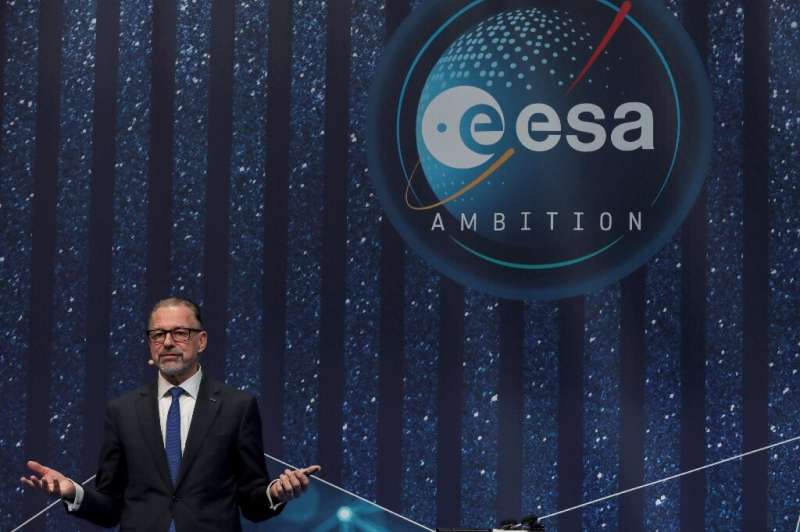
European Space Agency director Josef Aschbacher promised a "transformation" of the continent's space sector in the coming years during an interview with AFP, including more collaboration between government and private industry.
Private firms will be "encouraged to be a partner and not only a contractor," Aschbacher said, answering questions on the sidelines of an aerospace industry conference taking place this week in Colorado Springs, in the United States.
US space agency NASA has long incorporated private firms into its space exploration, planning to send its astronauts to commercial orbiting outposts once the International Space Station is retired.
But any major reorientation of the European space program will need to be discussed at the second European space summit, to be held in Seville, Spain, in November.
Here are Aschbacher's answers to questions posed Tuesday by AFP.
How much water do we use for irrigation?

While we know that we use more water for irrigation than for any other single purpose, watering practices are not monitored worldwide. Water needed for agriculture is expected to further increase as time goes on, so managing this precious resource as effectively as possible is imperative. Scientists have now shown that a nifty way of using information from satellites could pave the way to measuring how much water we use to irrigate, which could subsequently lead to better management.
Smooth sailing, Euclid
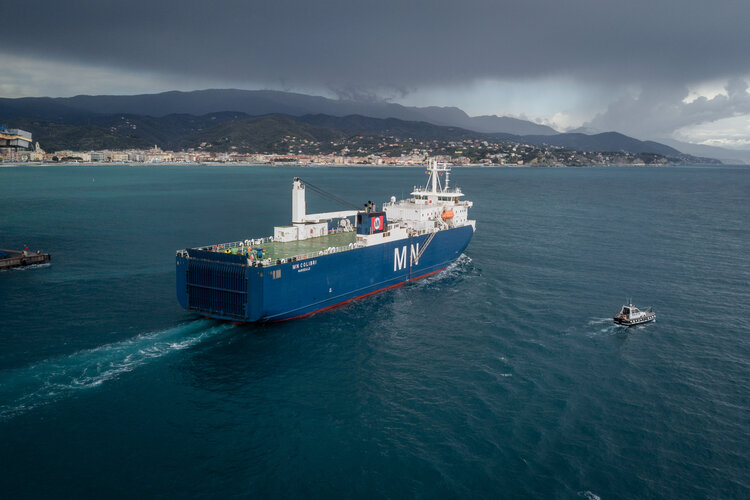
The Euclid satellite embarked on the next leg of the 1.5 million km long journey to space from where it will unlock the mysteries of the dark Universe.
Clouds for your eclipse? NASA experiment will fly kite to rise above
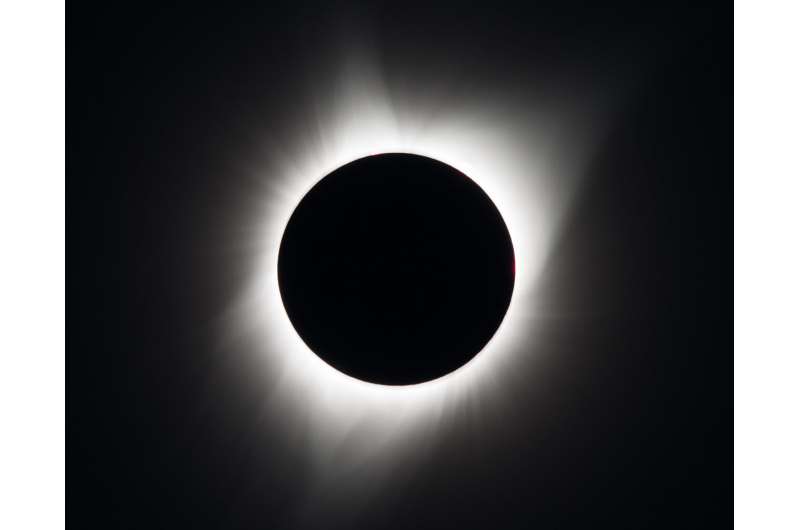
Imagine you traveled thousands of miles to see a total solar eclipse, but as the Moon began moving in front of the Sun, the sky grows cloudy, blocking your view of the unique celestial spectacle.
That's what happened to University of Hawaii astronomer Shadia Habbal—several times.
After traveling all the way to Antarctica on her latest expedition to study the inner part of the Sun's outer atmosphere—the corona—Habbal was met with clouds once again.
Calnetix Technologies' high-speed blower system installed on ISS
 Calnetix Technologies has announced that their Four Bed Carbon Dioxide Scrubber (FBCO2) high-speed blower system was successfully installed by NASA on the International Space Station (ISS). The magnetically levitated blower system is providing the airflow for the FBCO2 system in a microgravity space environment and has been operating continuously since February 22nd.
"Having our first magn
Calnetix Technologies has announced that their Four Bed Carbon Dioxide Scrubber (FBCO2) high-speed blower system was successfully installed by NASA on the International Space Station (ISS). The magnetically levitated blower system is providing the airflow for the FBCO2 system in a microgravity space environment and has been operating continuously since February 22nd.
"Having our first magn Stuttgart students launch self-built rocket into space
 The Hybrid Engine Development (HyEnD) student team at the University of Stuttgart spent around three years developing, manufacturing, and testing its hybrid rocket. In mid-April, the rocket will be launched into space from the Esrange rocket launch site near Kiruna in Sweden. If all goes well, the students will set a new world altitude record for student-built rockets.
The hybrid rocket is
The Hybrid Engine Development (HyEnD) student team at the University of Stuttgart spent around three years developing, manufacturing, and testing its hybrid rocket. In mid-April, the rocket will be launched into space from the Esrange rocket launch site near Kiruna in Sweden. If all goes well, the students will set a new world altitude record for student-built rockets.
The hybrid rocket is Mission Ax-2 set to launch stem cells to space
 Cedars-Sinai investigators, in collaboration with Axiom Space of Houston, are sending stem cells to space in early May to explore whether microgravity can make it easier and more efficient to produce large batches of stem cells.
This is the first of a series of missions funded by NASA where, for the first time, induced pluripotent stem cells (iPSCs) will be manufactured in space by astrona
Cedars-Sinai investigators, in collaboration with Axiom Space of Houston, are sending stem cells to space in early May to explore whether microgravity can make it easier and more efficient to produce large batches of stem cells.
This is the first of a series of missions funded by NASA where, for the first time, induced pluripotent stem cells (iPSCs) will be manufactured in space by astrona Russian cosmonauts take spacewalk outside of ISS
 Two Russian cosmonauts are conducting a more than six-hour spacewalk Tuesday night outside the International Space Station in their third attempt to move a radiator and an experiment module.
Two Russian cosmonauts are conducting a more than six-hour spacewalk Tuesday night outside the International Space Station in their third attempt to move a radiator and an experiment module. 